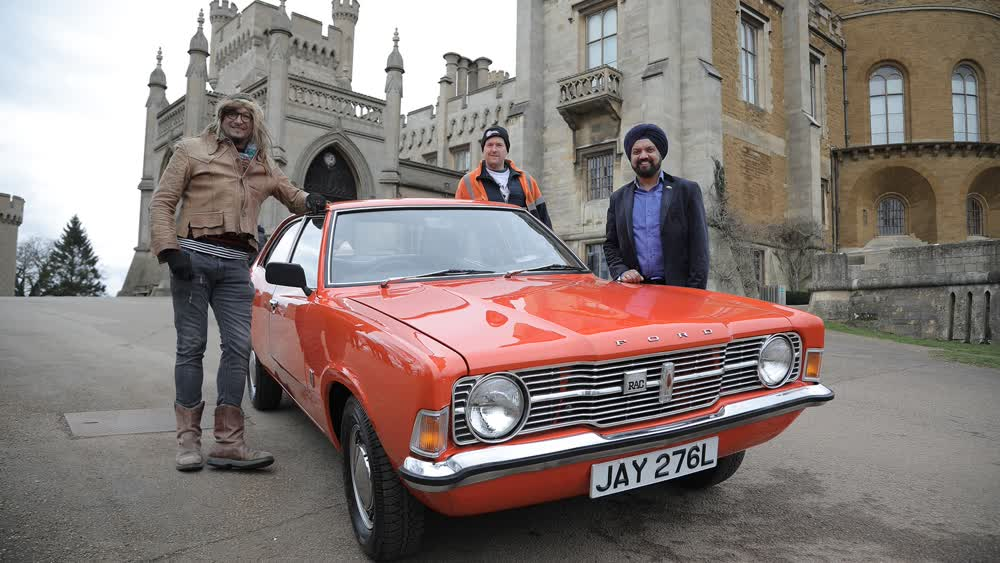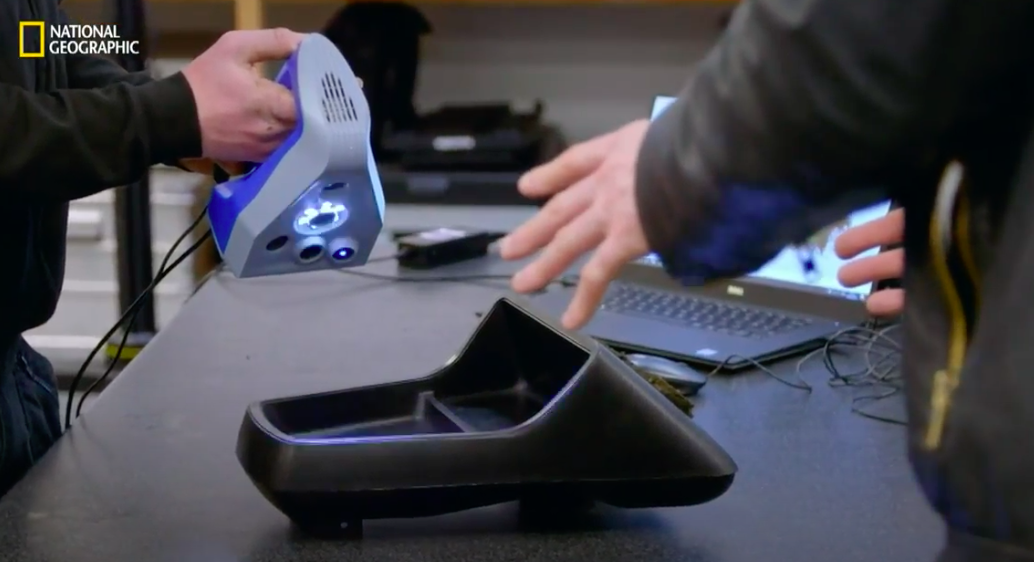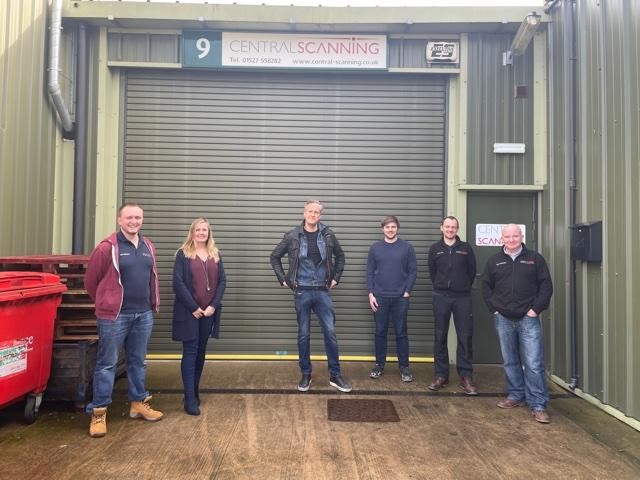Nominations for the 2021 3D Printing Industry Awards are now open, have your say who is leading the industry now.
Popular British automotive TV show Car SOS, aired on National Geographic, has used 3D scanning and 3D printing to restore the customized central console of a 1970’s Ford Cortina Mark III X.
Unable to find a replacement for the console, a common problem when sourcing parts to restore classic cars, the car SOS team turned to 3D scanning and printing to produce the component within the show’s tight timeline.
Having leveraged 3D scanning for previous projects, the team reached out to 3D scanner manufacturer Artec’s UK ambassador, Central Scanning, to assist with replicating the console, and printed the component using a Stratasys Fortus 400mc 3D printer.

Recreating rare classic car parts
The 1970s Ford Cortina belongs to historian and writer Bobby Singh, who bought the car back in 1999 with plans to restore it. Unfortunately, the project came to a screeching halt in 2002 when Singh suffered a stroke and was later diagnosed with heart disease and a brain tumor.
To see Singh’s automotive dream resurrected, his family contacted the Car SOS team to complete the restoration. After inspecting the vehicle, the team found that the center console was missing and sought to source a new one. However, the search proved unsuccessful and instead the team turned to 3D scanning to produce a replica of a console they managed to borrow for a few days.
Car SOS then brought in Central Scanning, who has past experience scanning everything from entire cars to chassis, engine parts, interior parts and suspension components for classic cars.

3D scanning and printing the console
Developed for us on the International Space Station, the Artec Space Spider was chosen to complete the 3D scan of the Ford Cortina for its ability to capture complex shapes and fine details with accuracy of up to 0.05 mm and ultra-high resolution of up to 0.1 mm.
The Center console component featured a glossy black finish, a surface that is notoriously difficult to 3D scan, and as such was coated with matting spray prior to scanning. Using the Space Spider, the team created an accurate, true-to-life model for 3D printing within the space of an hour from data capture through to CAD model in Artec Studio. Additional modeling was carried out in Autodesk Fusion 360 before being prepared in GrabCAD print and sent for printing.
The console was printed on a Stratasys Fortus 400mc 3D printer in eight hours to build an exact replica of the borrowed part which was accurate down below one mm.
“Quite a few of us at Central Scanning are car fans, and I have a few classic cars myself,” said Nick Godfrey, Managing Director of Central Scanning. “It’s always been nice to think that one day, Central Scanning may appear on TV, and so when the discussions started, we were very keen to support this project however possible.
“It’s great that not only were we able to be featured on the show, but that we helped to bring Bobby’s car back to life with the scanning and 3D printing we did. The car was a nice project, and one of the missing parts was the one that we were able to scan and reproduce to complete the interior.”

Renovating automotive classics
Reverse engineering, 3D scanning, and 3D printing have been leveraged in combination before to enable the redesign and manufacture of rare or discontinued parts within the automotive sector.
Stratasys has had other previous stints in helping to restore classic cars for TV, partnering with Big Dog Productions in 2019 to provide motor vehicle television series Jay Leno’s Garage with access to its FDM 3D printers.
Elsewhere, British restoration team Redesign Sport has used 3D scanning and CAD modeling to reverse engineer a classic Ferrari, while German luxury automotive manufacturer Porsche began 3D printing spare parts for rare and classic cars in 2018. Similarly, Mercedes-Benz has also previously leveraged 3D printing to produce spare parts for its classic models.
Most recently, Sauber Engineering has announced plans to establish a 3D printing business for producing on-demand classic car spare parts in a bid to address the needs of vintage automobile enthusiasts.
Nominations for the 2021 3D Printing Industry Awards are now open, have your say who is leading the industry now.
Subscribe to the 3D Printing Industry newsletter for the latest news in additive manufacturing. You can also stay connected by following us on Twitter and liking us on Facebook.
Looking for a career in additive manufacturing? Visit 3D Printing Jobs for a selection of roles in the industry.
Subscribe to our YouTube channel for the latest 3D printing video shorts, reviews and webinar replays.
Featured image shows Car SOS TV hosts (left and center) and Bobby Singh, owner of the restored Ford Cortina Mark III after the grand reveal (right). Photo via Car SOS.



